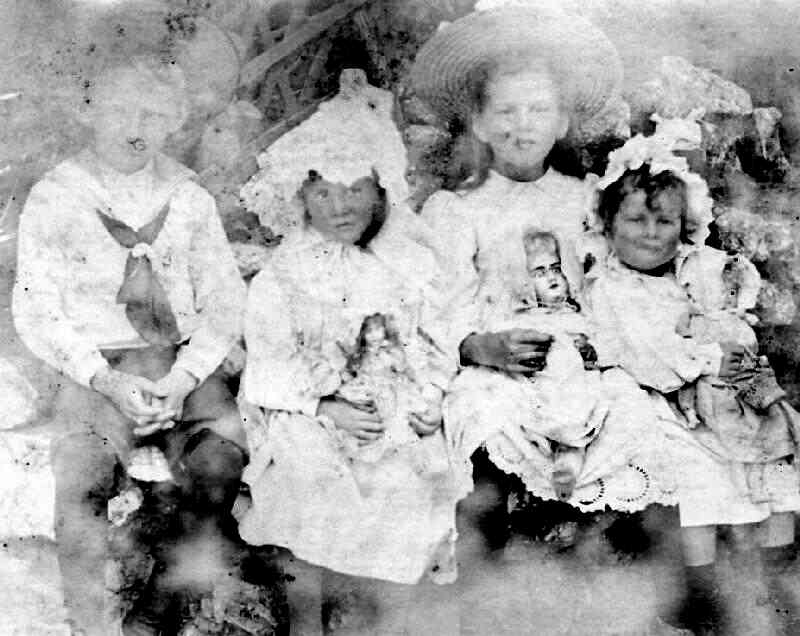
Figure 1.--Here we see four English children. Each of the girls have china (porcelin) dolls. Notice the younger girls' elaborate bonnets. The faded photograph is undated, but was probanly taken in the 1900s. |

|
We do not yet have detailed information on dolls in various countries. Girls in virtually all countries played with dolls from time immemorial. We are less sure about Muslim countries with their prohibitions on depictions of living thongs ain an effort to discourage idoloty. We note dows in countries around the globe. Certain countries are particularly noted for producing dolls (America, Englnd, France, and Germany). These are the major industrial countries which developed important toy industries. Thus many portraits of children with dolls are if dolls made in other countries. America imported many dolls from France and Germany in the years before World War I. Certain companies were especially well known for producing dolls and are prised by collectors today. We are just beginning to collect images from different countries to learn about the popularity of dolls and doll play in different countries.
A British reader writes, "Eva Hart was a child passenger on the Titanic. In her book she tells about the doll she had then. It was very appealing and her father told her off because she did not share it with the other little girls who admired it. Also one of the Titanic's relics is a child's doll. If its not an actual object it has been photographed on the sea bed."
Navigate the Boys' Historical Clothing Web Site:
[Return to Main doll page]
[Introduction]
[Activities]
[Biographies]
[Chronology]
[Clothing styles]
[Countries]
[Photography]
[Topics]
[Bibliographies]
[Contributions]
[FAQs]
[Glossaries]
[Images]
[Links]
[Registration]
[Tools]
[Boys' Clothing Home]
